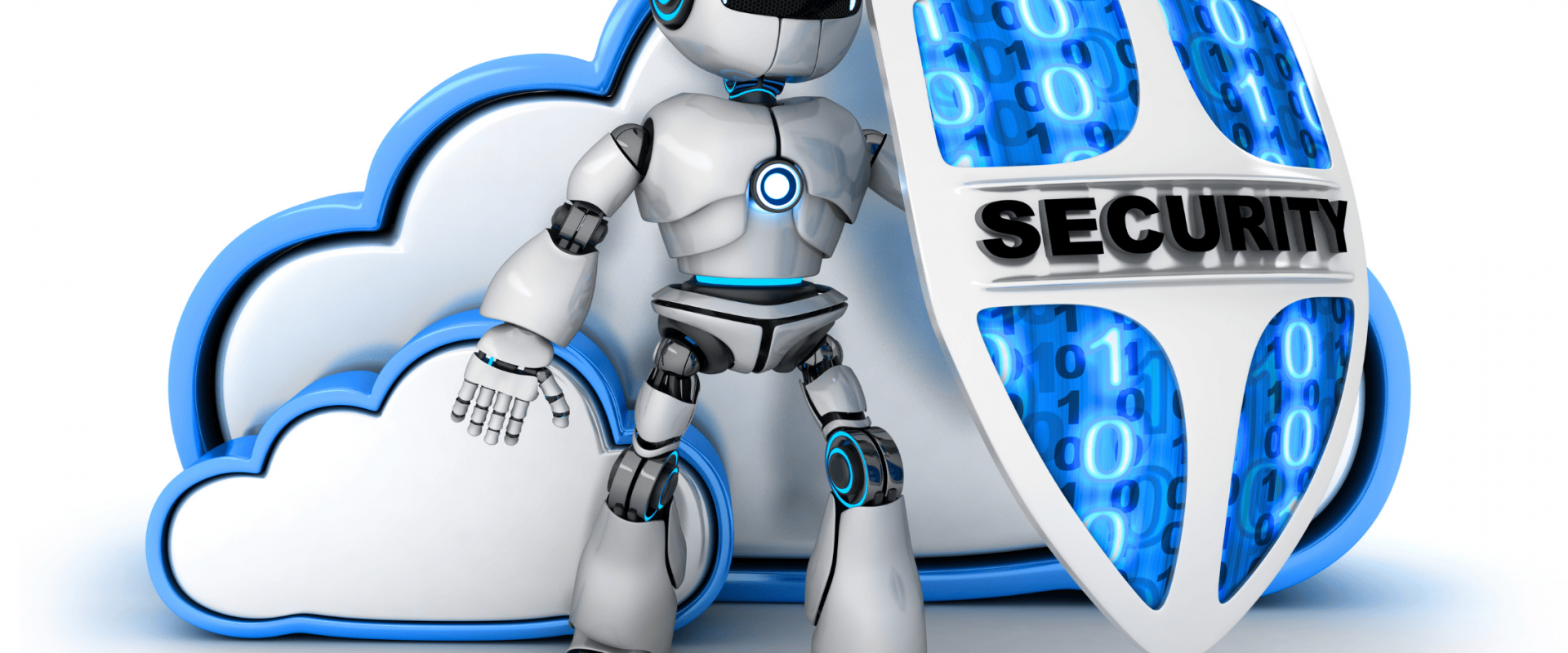Deploying LLMs Securely With OWASP Top 10: A Comprehensive Guide

Generative Artificial Intelligence (GenAI) is transforming industries at an unprecedented pace. According to McKinsey, the adoption rate of GenAI has doubled in just ten months, with 65% of companies now regularly using these technologies. While the potential for innovation is immense, so are the security risks. The Open Worldwide Application Security Project (OWASP) has released a Top 10 for Large Language Model (LLM) Applications to help organizations navigate these challenges.
In this blog, we’ll explore how to securely deploy LLMs using OWASP Top 10 guidelines, the role of Kubernetes in GenAI deployments, and how ZippyOPS, a trusted microservice consulting provider, can help you implement robust security measures.
Why Security Matters in GenAI Deployments
The rapid adoption of GenAI brings both opportunities and risks. While businesses are eager to leverage LLMs for disruptive innovation, many are unaware of the security vulnerabilities that come with these technologies. The OWASP Top 10 for LLMs provides a roadmap for developers and security architects to address these risks effectively.
Key Challenges in LLM Security
Cross-functional collaboration: Bridging gaps between development, security, and business teams is critical.
Business risks: CISOs must assess potential threats, from traditional software flaws to LLM service account hijacking.
Compliance and reporting: Ensuring security measures are auditable and compliant with industry standards.
OWASP Top 10 for LLMs: What You Need to Know
The OWASP Top 10 for LLMs outlines the most critical vulnerabilities in GenAI applications. Here’s a breakdown of the key areas:
Prompt Injection: Attackers manipulate LLMs to execute unintended actions.
Insecure Output Handling: Vulnerabilities like XSS and CSRF due to inadequate backend security.
Training Data Poisoning: Exploitable vulnerabilities in the training dataset.
Model Denial of Service: Resource-intensive attacks leading to performance issues or high costs.
Supply Chain Vulnerabilities: Risks in third-party software components.
Sensitive Information Disclosure: Unauthorized access to confidential data.
Insecure Plugin Design: Plugins that expose LLMs to unauthorized access or insecure input.
Excessive Agency: LLMs with more permissions than necessary.
Over-reliance: Users relying on LLMs without verifying outputs, leading to misinformation.
Model Theft: Unauthorized access or copying of proprietary LLM models.
Securing GenAI Deployments: Best Practices
1. Threat Modeling
Developers and security teams should collaborate on threat modeling exercises to identify potential risks. This ensures that security is integrated into the development lifecycle from the start.
2. Kubernetes and Containerized AI
Many GenAI deployments rely on Kubernetes for orchestration. While Kubernetes offers scalability, it also introduces complexity and security risks. Key considerations include:
Container security: Ensure containers are free from vulnerabilities.
Access controls: Limit permissions to minimize risks of excessive agency.
Monitoring: Continuously monitor for signs of attacks or anomalies.
3. Software Bill of Materials (SBOM)
Creating an SBOM for AI systems helps track software components, dependencies, and metadata. This is essential for maintaining visibility and ensuring compliance.
4. Data Classification
Classify data based on sensitivity to prioritize security measures. For example:
Public data: Product catalogs, website content.
Sensitive data: Intellectual property, personally identifiable information (PII).
5. MITRE ATLAS Framework
Mapping your LLM security strategy to the MITRE Adversarial Threat Landscape for Artificial Intelligence Systems (ATLAS) framework provides a proactive approach to threat detection and mitigation.
How ZippyOPS Can Help
At ZippyOPS, we specialize in providing consulting, implementation, and management services for cutting-edge technologies. Our expertise spans DevOps, DevSecOps, DataOps, Cloud, Automated Ops, AI Ops, ML Ops, Microservices, Infrastructure, and Security Services. Whether you’re deploying LLMs or managing Kubernetes workloads, we’re here to help.
Our Offerings:
Consulting Services: Tailored strategies for secure GenAI deployments.
Implementation: Seamless integration of OWASP Top 10 guidelines.
Management: Ongoing support to ensure compliance and security.
Explore More:
Services: https://www.zippyops.com/services
Products: https://www.zippyops.com/products
Solutions: https://www.zippyops.com/solutions
Demo Videos: YouTube Playlist
If you’re interested in learning more, email us at [email protected] for a consultation.
Final Thoughts
Deploying LLMs securely requires a proactive approach to security. By leveraging frameworks like OWASP Top 10 and MITRE ATLAS, organizations can mitigate risks and ensure compliance. With the right tools and expertise, you can harness the power of GenAI while safeguarding your infrastructure.
At ZippyOPS, we’re committed to helping you navigate the complexities of modern technology. Let’s build a secure future together.
Recent Comments
No comments
Leave a Comment
We will be happy to hear what you think about this post